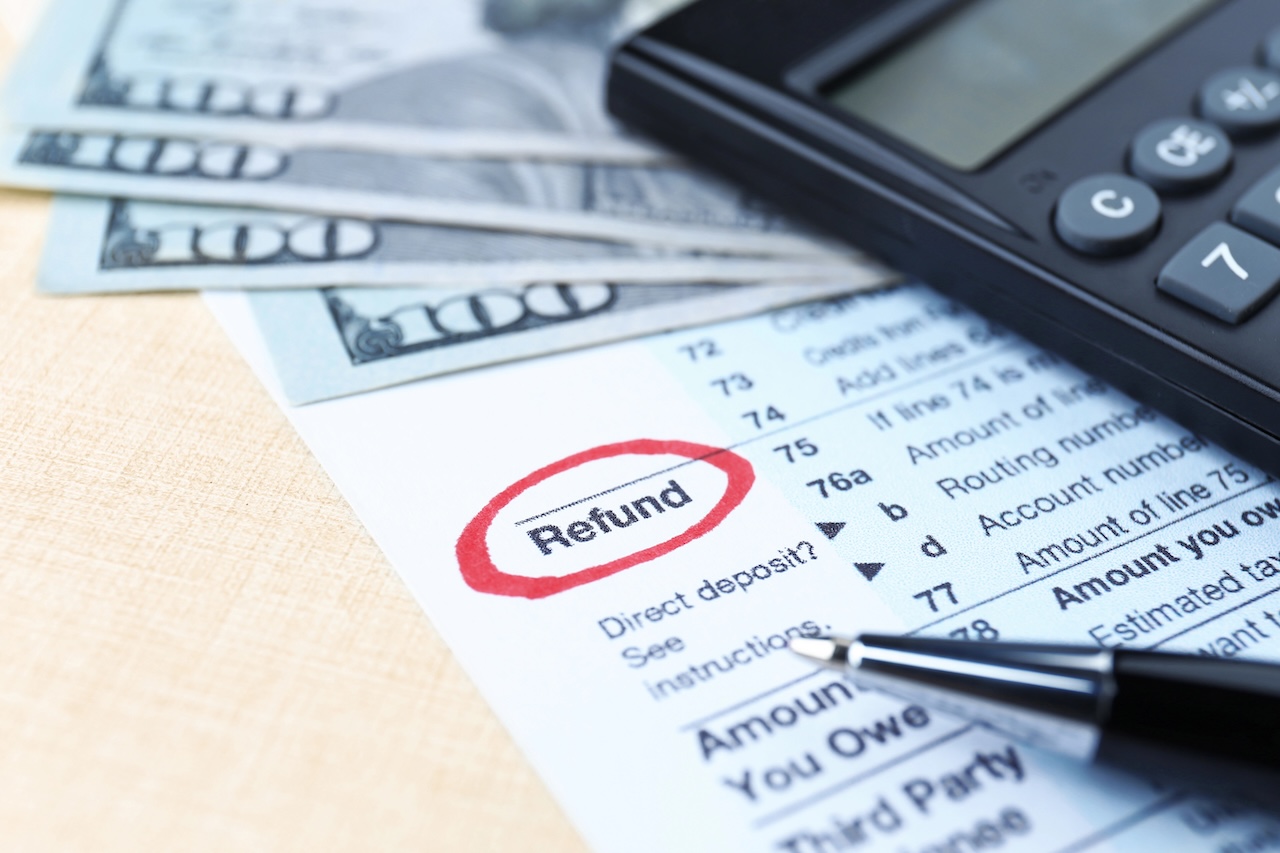Student Loan Tax Bomb Calculator And Estimator


Taxes on many student loan forgiveness programs are set to return in 2026. The American Rescue Plan Act (ARPA) made student loan forgiveness, regardless of the reason, tax-free federally from 2021 to December 31, 2025. However, the Big Beautiful Bill did not renew most of those provisions. Instead, it only allows death and disability discharge to remain tax-free permanently.
While Public Service Loan Forgiveness remains tax-free federally by statute, other programs, such as income driven repayment plan-based loan forgiveness and borrower defense to repayment will be taxable starting in 2026.
While there are ways to avoid the tax bomb, it’s still a real issue that student loan borrowers may have to plan for. And while there are a lot of variables to this calculation, we wanted to create a simple tool that will allow you to estimate your future tax liability.
Here is the student loan tax bomb estimator:
When you are trying to figure out what the potential tax bomb might be, there are a few things to consider. You need to know your future income and tax filing status (to figure out what federal tax bracket you’ll be in), and you need to know your total assets and liabilities, to know if you’re going to be insolvent or not.
Here’s what to include in each box. This should be your estimate based on the day in the future your student loans are forgiven. So, if you think your student loans will be forgiven in May 2030, then all of this information should be your estimate as of May 2030.
In the total asset box, the IRS looks at the total amount of all assets you own. This includes the basics like checking, savings, and investment accounts. But it also includes the value of your retirement accounts, real estate, any business ownership, and the value of your possessions.
In the total liabilities box, you want to include everything you owe, including credit card debt, car loans, and any mortgage debt. You also want to include the amount of your student loans being forgiven.
In this box, only include the amount of student loan debt being forgiven.
Finally, you need to include an estimate of your adjusted gross income (AGI) WITHOUT the debt being forgiven. So, if you pull up your prior year tax return, look on Line 11.
Of course, this should be the AGI for the year you get the loans forgiven. So, if you expect to be earning more, enter that amount.
Also, you need to select your martial status – again, for the year the loans are forgiven.
There are a lot of things to consider about student loan forgiveness and taxes, and it honestly shouldn’t be a huge priority. Your goal should always be thinking about what you can afford today, and whether you have a plan for your student loans – forgiveness and taxes, or not.
With that said, it’s important to remember that PSLF and disability discharge are always tax free federally. Also, employer student loan repayment assistance is also tax-free (up to the $5,250 limit per year).
It’s also important to realize that there may be state taxes on your student loan forgiveness as well. State taxes are a really mixed bag of rules. Even PSLF is taxable in Mississippi.
For real long term planning, it can make sense to save up a little money to pay the tax bomb, but you can also setup a payment plan with the IRS if it’s something you can’t afford. At the end of the day, the tax liability of your loan forgiveness will always be significantly less than your student loan balance.
Don’t Miss These Other Stories:

Tax refunds in early 2026 could be $1,000 to $2,000 larger for many households due to retroactive tax law changes....

Why does it feel like large companies always get the upper hand? Maybe it’s the long contracts with fine print,...

What can you do if you can’t afford college? Maybe the financial aid award wasn’t enough, or you only want...